If you love your sweets, Japan has got you covered. From the traditional Japanese confections known as wagashi to Western-style treats with a Japanese spin, it’s hard to resist the mind-boggling variety of temptations offered up everywhere you turn.
But for those hoping to indulge their sweet tooth while maintaining a more or less healthy diet, is it better to choose traditional Japanese sweets over Western-style cakes and confections? Are wagashi actually better for you than the alternatives?
Certainly, my Japanese friends have always insisted that Japanese sweets are the healthier choice. But is that even true? And if so, why? I decided to put their assertion to the test, starting with some research at my local supermarket.
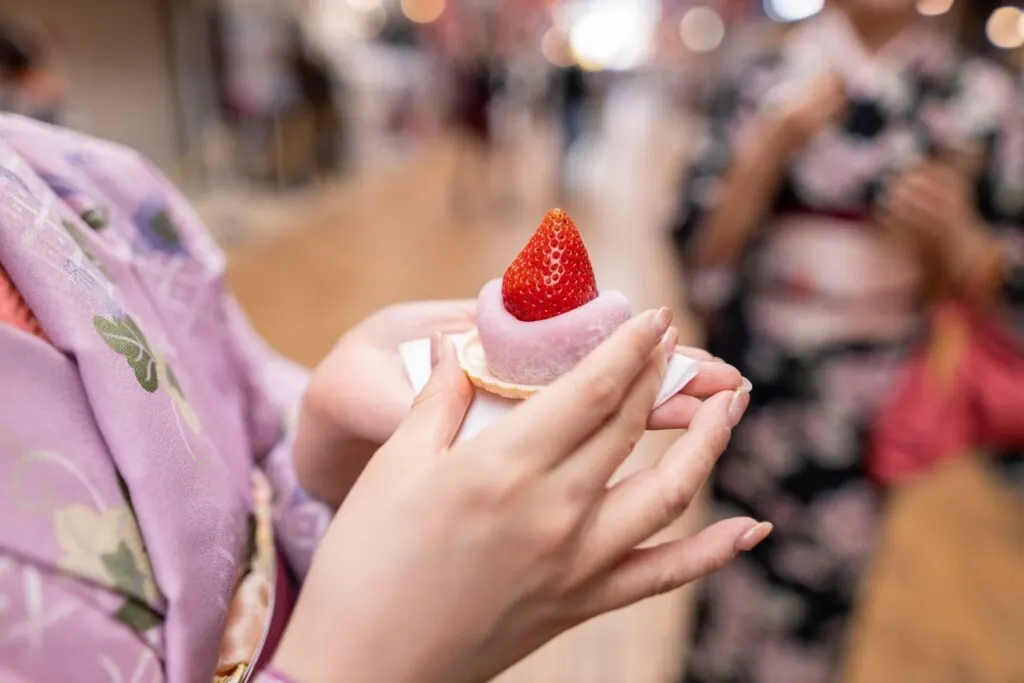
Table of Contents
Labels only help so much
Checking package labeling will only get you so far, even if you read Japanese, because many foods in Japan don’t carry any nutritional information at all. That’s because eiyō seibun hyōji (nutritional labeling) is voluntary unless a product makes a specific nutritional claim such as “high in calcium.”
I knew this but nevertheless assumed it ought to be possible for a consumer to make an informed decision while still in the store. My plan was to find two comparable treats, one Western and one Japanese, and see how they measure up in terms of calories and nutrition. I went through the store methodically, upending every manjū and daifuku in sight, but couldn’t turn up a single wagashi with full nutritional labeling!
Fortunately, Japanese law does require ingredient labeling. So at least we can see what’s in them. The argument that Japanese sweets are healthier than Western sweets is based on what’s in wagashi (beans, sweet potatoes, seaweed, etc.), as well as what isn’t (eggs, butter and cream). But does that necessarily make them lower in calories and fat? Does that really make them healthier? To get the professional perspective, I took my questions to the Japan Wagashi Association.
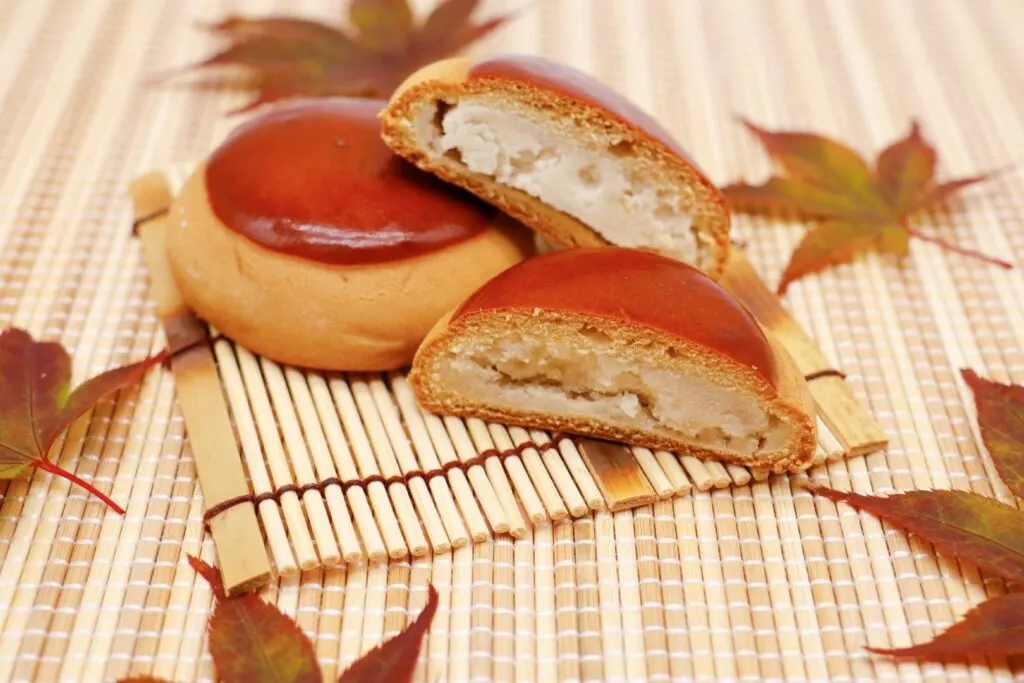
What ingredients are in wagashi?
“Wagashi are considered more healthful because they are made entirely from plant-based ingredients,” executive director Mitsuo Yabu told me in an interview in the association’s office in Tokyo. “There are some exceptions, but generally wagashi don’t include any animal products. This, by definition, means they don’t contain cholesterol and are far lower in fat than Western-style sweets.”
There are thousands of different varieties of wagashi, but most draw from a common list of nourishing plant-based ingredients, including rice, flour, sweet potatoes, beans, chestnuts, sugar and seaweed. “The adzuki bean, in particular, is a highly nutritious food,” Yabu noted. “In addition to being a good source of protein and fiber, adzuki beans contain a wealth of antioxidants that contribute to good health.”
Yabu steered me to scientific articles that show that adzuki beans contain unusually high concentrations of the micronutrients catechin, anthocyanidin and polyphenols. Sure, you often hear red wine touted for its polyphenol content but adzuki beans are a richer source, even when processed into an, the sweet bean paste used in making so many wagashi.
And there is growing evidence that polyphenols play a role in the prevention of all sorts of diseases, including diabetes, cancer, osteoporosis and cardiovascular disease.
Comparing Japanese sweets and Western sweets
Micronutrients are very cool, but I still thought it would be useful to make a comparison of representative Japanese and Western products on the macronutrient level – you know, like carbohydrates, protein, and fat. Since I couldn’t find that data on the food labels, I went to the library and sweet-talked a librarian into helping me.
She steered me to a very useful book called Mainichi no shokuji no karorī gaido (Guide to Calorie Content of Everyday Foods), which provides detailed nutritional information on hundreds of foods commonly consumed in Japan, including home-cooking as well as packaged foods, restaurant meals and convenience-store offerings. It’s all in Japanese, but the photos make it easy to find the food you’re looking for.
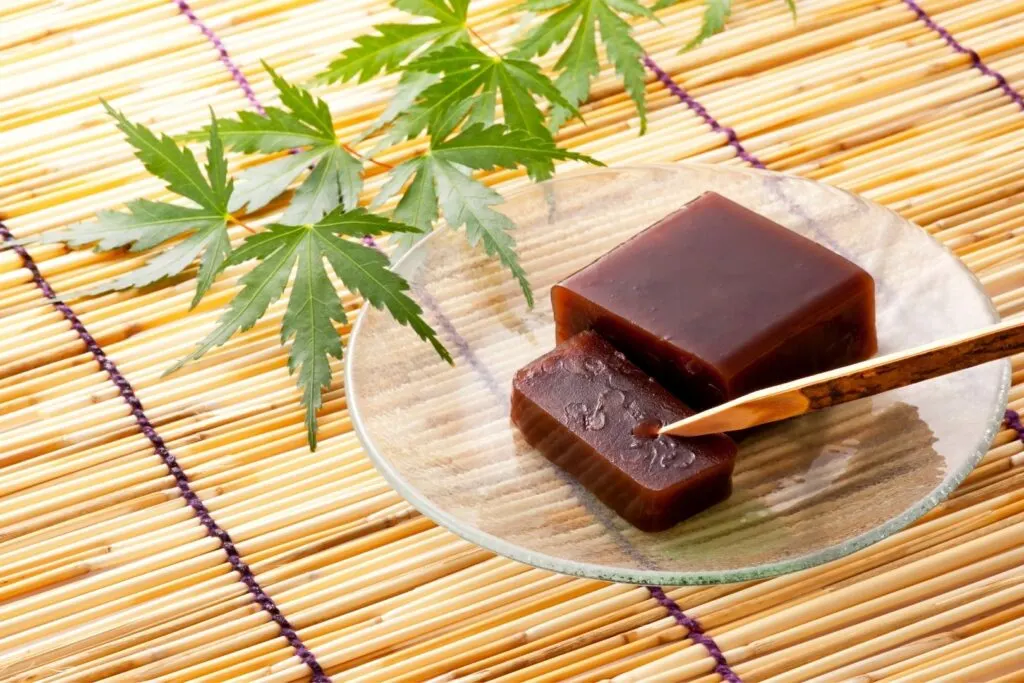
First I looked up yokan, the dark-colored confection that’s one of the more popular traditional sweets and is sold all over Japan. And because it travels well, it’s available in many other countries as well. Yokan is made from adzuki beans, sugar and agar agar, a natural gelling agent made from seaweed.
So here’s the data: A 70-gram slice of yokan contains 203 calories, 0.8 grams of fat (from the beans) and no cholesterol. It has 2.1 grams of fiber and 2.5 grams of protein.
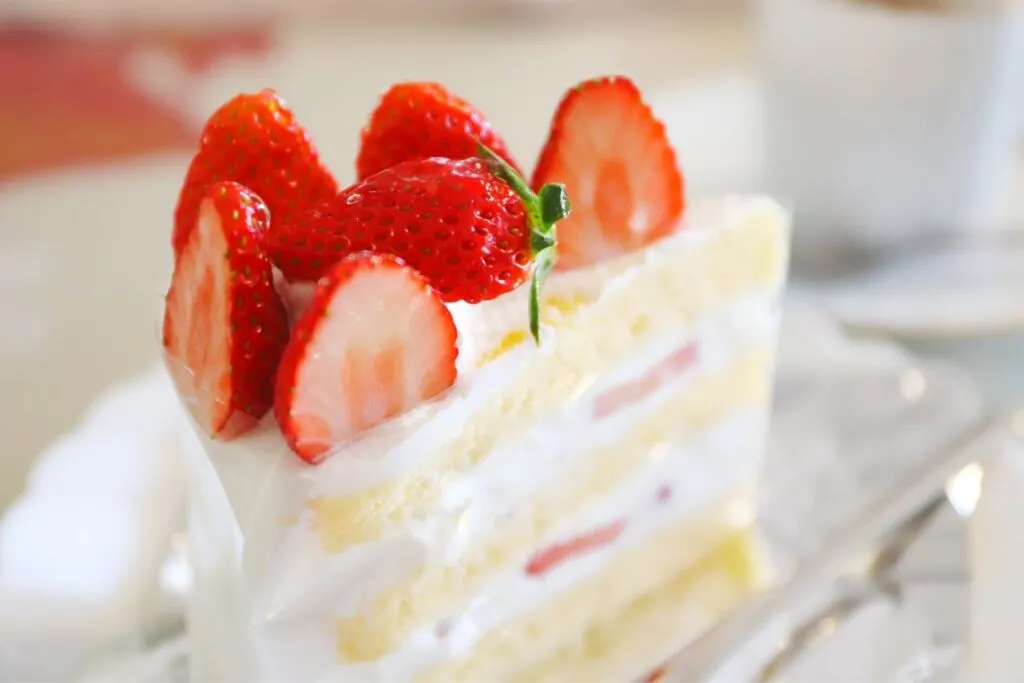
Compare that to ichigo shōto kēki (strawberry shortcake), that standard of Western-style cake-shops in Japan. It’s a yellow sponge cake layered with whipped cream and fresh strawberries.
According to the calorie guide, a typical wedge of this cake contains 292 calories, 119 mg of cholesterol and a whopping 22.1 grams of fat. It has 0.9 grams of fiber and 3.3 grams of protein.
If you’re selecting your snacks purely on the basis of health, yokan is clearly the way to go. But let’s remember that there’s room in a healthy diet for any food if you follow the very sensible Japanese mantra of “hodohodo ni” (“everything in moderation”).
And keep in mind that while wagashi may have a generally healthier profile than yōgashi (Western sweets), it’s sometimes hard to tell which you’re dealing with.
East vs West and everything in between
There’s a whole category of treats that borrow freely from both traditions, such as dorayaki pancakes filled with whipped cream instead of the usual bean filling, and Western-style cakes made with green tea and adzuki beans.
These wayō secchu (East-West hybrid) sweets are nothing new. In 1874, the Kimuraya bakery, which is still in business in Tokyo’s Ginza district, created a lasting hit when they filled yeasted bread rolls with bean paste. In fact, what we think of today as traditional Japanese sweets have been subject to foreign influence for many centuries, first from China and later from the earliest European contact.
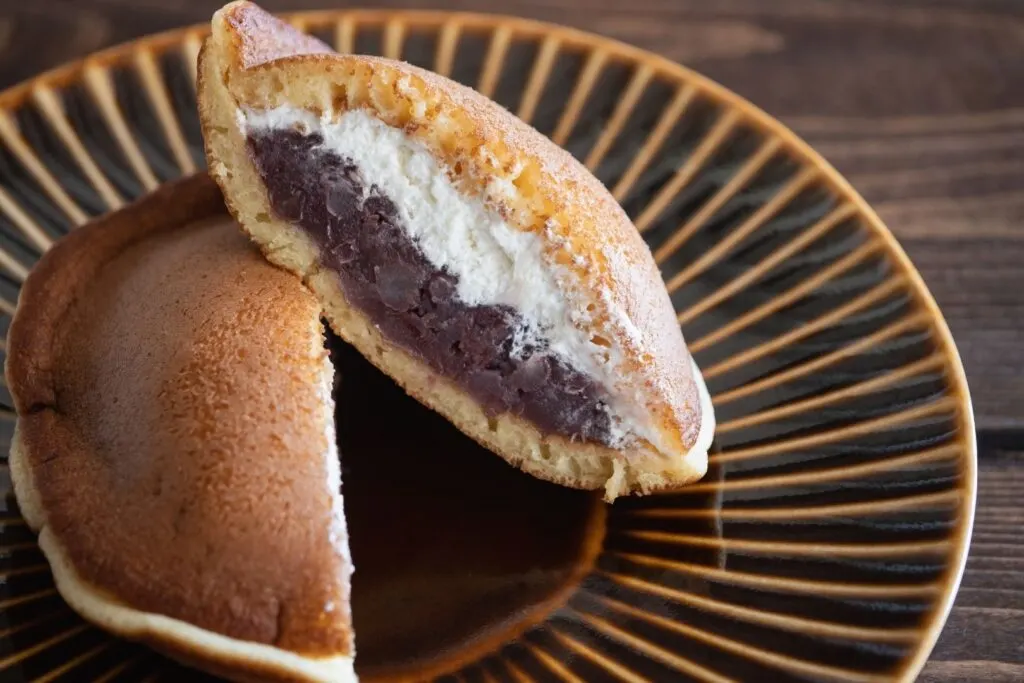
Yokan, for example, derives from an ancient Chinese recipe for lamb stew. When the dish came to Japan, Zen monks substituted beans for the lamb because they were prohibited from eating meat.
Yabu advised looking beyond nutrition to enjoy the many pleasures of wagashi. “It’s fun to try different products, many of which are only available in certain parts of the country or during specific seasons, and to appreciate how wagashi appeal to all the senses, with beautiful shapes and colors, interesting textures, delicate tastes and even poetic names.”
What’s your favorite Japanese sweet?
Pin me for later
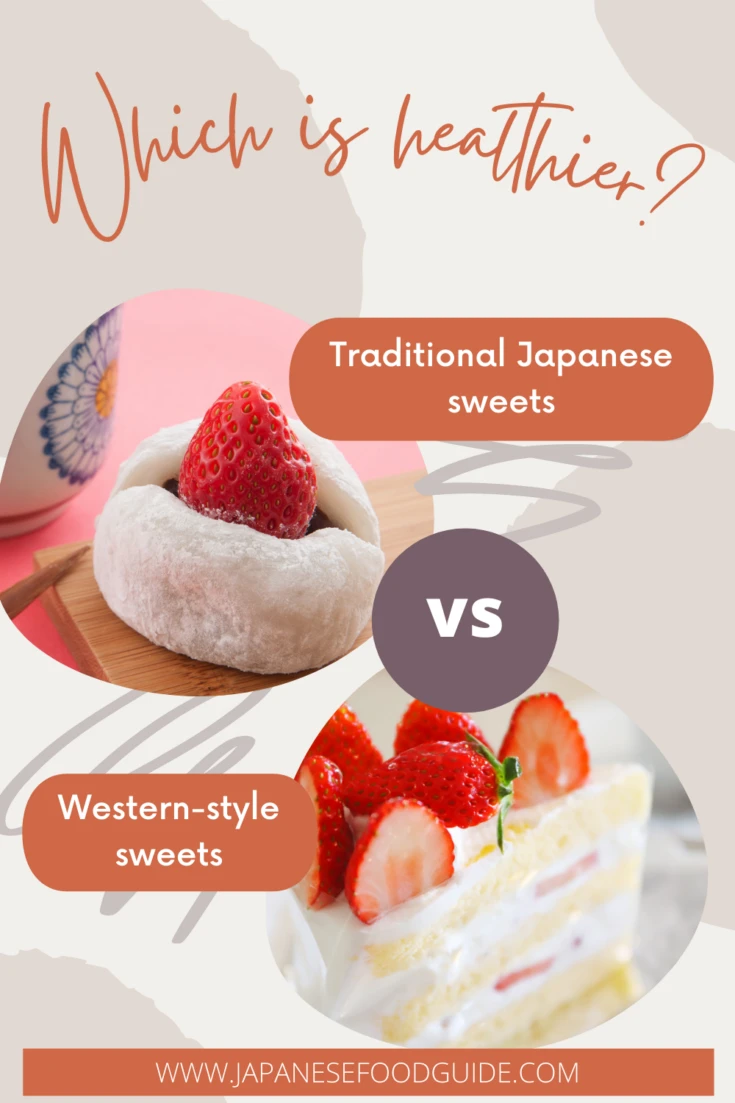
Alice Gordenker is a Tokyo-based writer. She started her career in journalism reporting from Washington, DC for food industry trade publications on regulation and legislation. Since relocating to Tokyo more than 20 years ago, Alice has made it her “life work” to provide insight on Japan through various media including newspapers, magazines, television and film.
She is delighted to be an early contributor to Japanese Food Guide, where she can once again focus on great things to eat, and how they are grown or made.
